
fromand henri cartierbresson HCB with an M3. Robert Doisneau, Magnum Photos, Fotos De Henri
August 11, 2019 | 10 AM - 11 AM. Join us for an intimate discussion as Peter speaks about our current Leica Gallery exhibition "Eye of the Century" by Henri Cartier-Bresson. After meeting in Paris in 1990, Peter Fetterman developed a close dealer-artist friendship with Cartier-Bresson. Inspired by a firm belief in the importance of his work.

Henri CartierBresson Henri cartier bresson, Bresson, Cartier
Henri Cartier-Bresson (French: [kaʁtje bʁɛsɔ̃]; 22 August 1908 - 3 August 2004) was a French artist and humanist photographer considered a master of candid photography, and an early user of 35mm film.. He used a 35mm Leica camera exclusively, and during the 1940s he worked for many international newspapers and magazines and together.

Leica M3 black paint 'Henri Cartier Bresson', 1960,
Henri Cartier-Bresson, (born August 22, 1908, Chanteloup, France—died August 3, 2004, Céreste), French photographer whose humane, spontaneous photographs helped establish photojournalism as an art form. His theory that photography can capture the meaning beneath outward appearance in instants of extraordinary clarity is perhaps best.

La primera Leica del gran fotógrafo Henri CartierBresson. Henri cartier bresson, Bresson, Leica
Henri Carter-Bresson (1908-2004) was a pioneer in candid, street photography. He mastered the use of the then-new 35mm camera to shoot unobtrusively in public situations and capture what he termed significant and decisive moments.

Henri CartierBresson Henri cartier bresson, Bresson, Leica
Born in Chanteloup-en-Brie, Seine-et-Marne, Henri Cartier-Bresson developed a strong fascination with painting early on, and particularly with Surrealism.In 1932, after spending a year in the Ivory Coast, he discovered the Leica - his camera of choice after that moment - and began a life-long passion for photography.

Grandes maestros Henry Cartier Bresson Henri cartier bresson, Bresson, Famous photographers
To tell Henri Cartier-Bresson's story and to unravel his work is essentially to tell the story of a look. Throughout the 20th century, this roaming, lucid eye has captured the fascination of Africa in the 1920's, crossed the tragic fortunes of Spanish republicans, accompanied the liberation of Paris, caught a weary Gandhi just hours before his assassination, and witnessed the victory of.
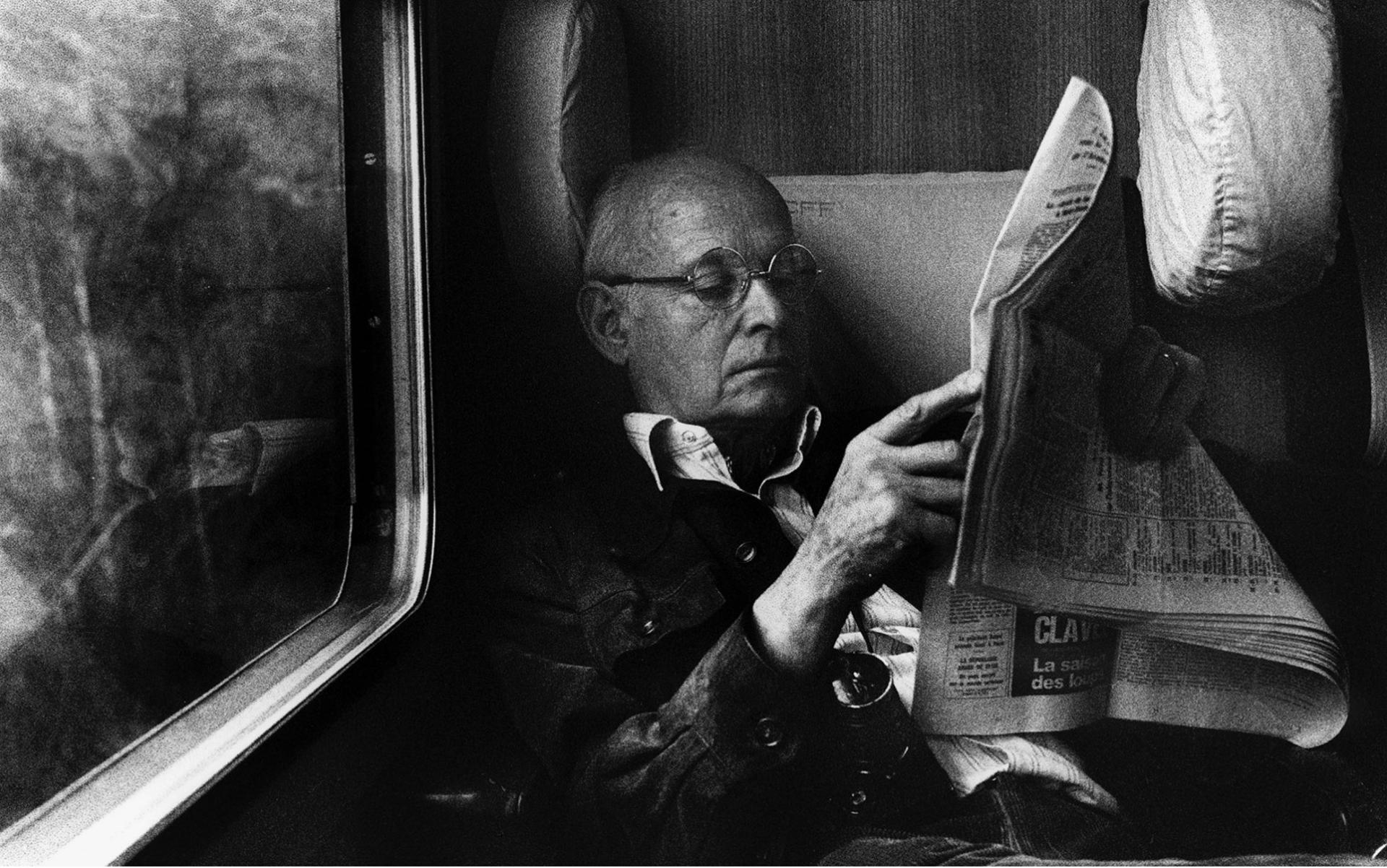
LEICA PORTRAIT 10 ĐIỀU CHƯA BIẾT VỀ HENRI CARTIERBRESSON
Cartier-Bresson was drafted into the French army in 1940. He was taken prisoner by the Germans but escaped on his third attempt and joined the French Resistance. In 1946, he assisted in the preparation of a "posthumous" show of his work organized by the Museum of Modern Art in New York in the mistaken belief that he had been killed in the war.

Henri CartierBresson with his 35mm Leica by Dmitri Kessel .
The great photographer who, with his 35mm Leica camera, captured the human response to defining moments of history.. · Henri Cartier-Bresson, photographer, born August 22 1908; died August 3.

Leica M3 “Henri CartierBresson”
5 May 2018. This camera was owned and used by Henri Cartier-Bresson from end of 1960 until about 1968 when he gave it to Inge Morath. The inside of the back door has a numbering of the serial number by HCB's handwriting including the initials "HB" by pencil with the same numbering on the base plate. The late owner contacted Martine Franck.
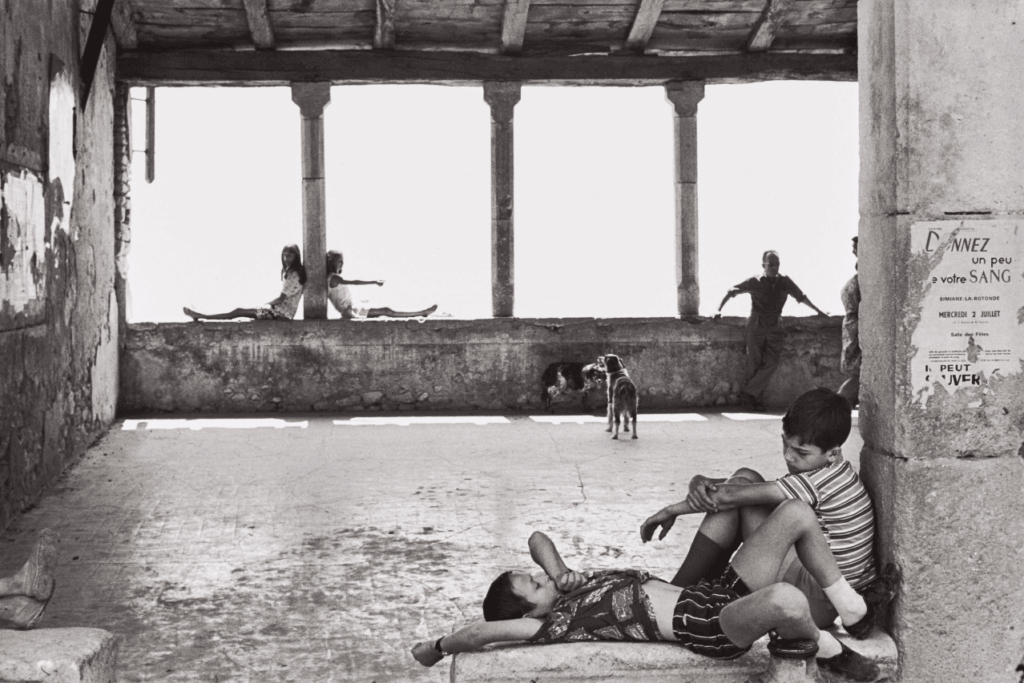
Henri CartierBresson The Eye of the Century at Leica Gallery Los Angeles Exibart Street
Why I love my Leica. From Henri Cartier-Bresson to Annie Leibovitz, many of the 20th century's most defining images were shot on a Leica. Our technology columnist, a lifelong fan, tells the story.

oneliners Henri CartierBresson with his Leica M3 1950s © Dmitri Kessel
Henri Cartier-Bresson (French: [kaʁtje bʁɛsɔ̃]; 22 August 1908 - 3 August 2004) was a French artist and humanist photographer considered a master of candid photography, and an early user of 35mm film. He pioneered the genre of street photography, and viewed photography as capturing a decisive moment.. Cartier-Bresson was one of the founding members of Magnum Photos in 1947.
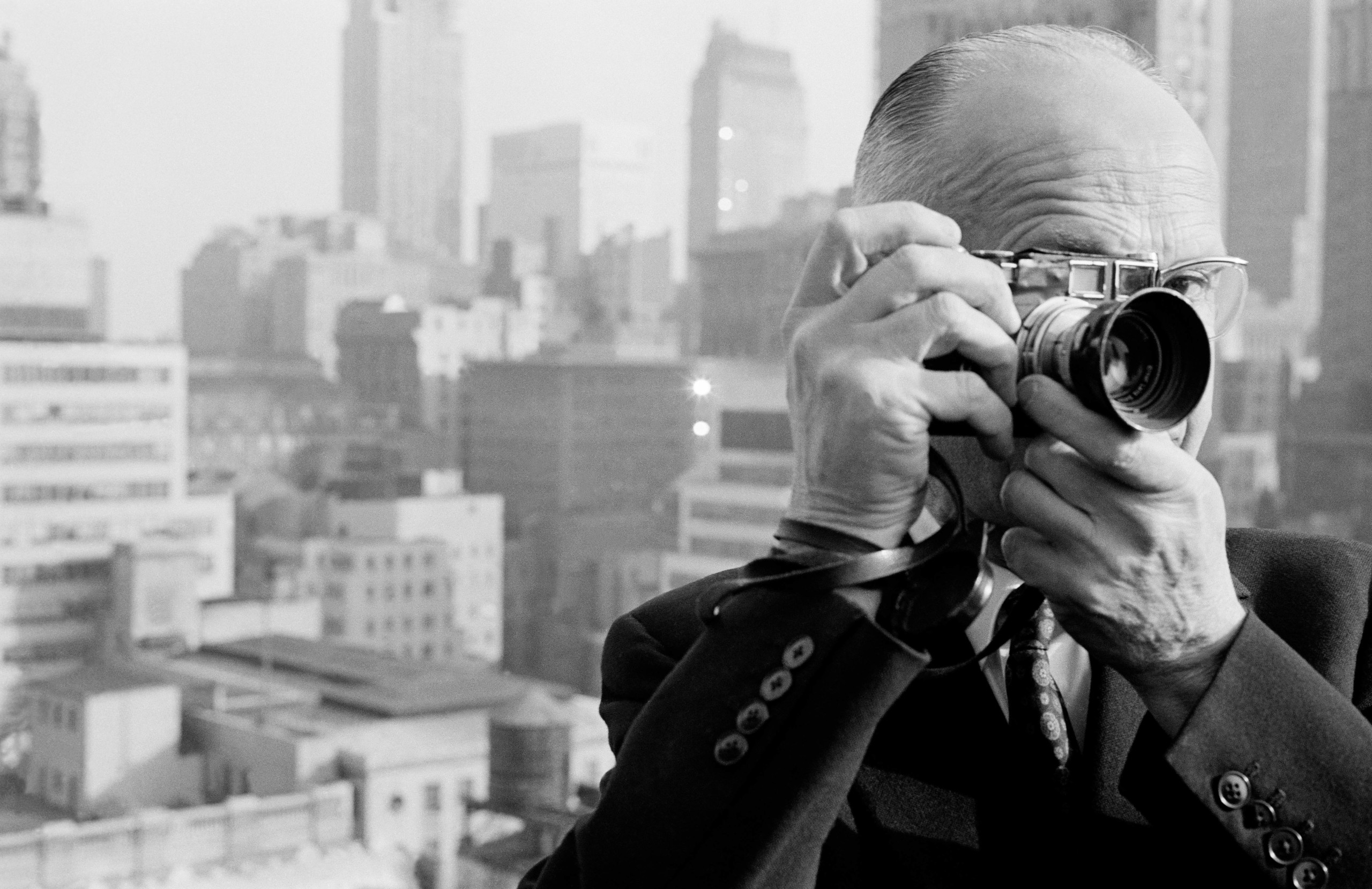
Philosophisch Föderation Schnorchel henri cartier bressons Karte Einfügen Buchhaltung
Aug. 4, 2004. Correction Appended. Henri Cartier-Bresson, who used his tiny, hand-held 35-millimeter Leica camera to bear humane witness to many of the 20th century's biggest events, from the.
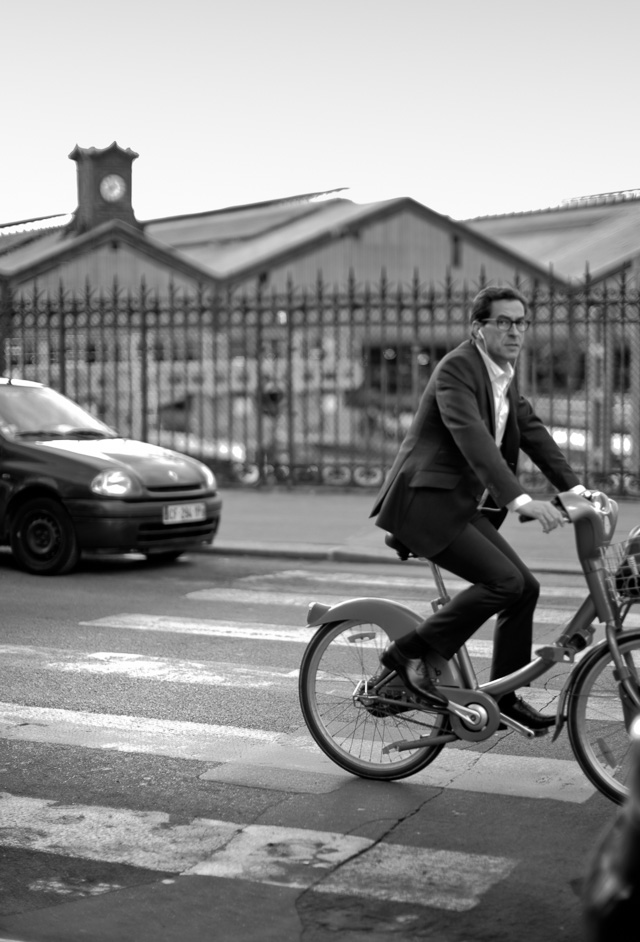
Behind Gare SaintLazare 2017
Famous photographers who were known to use the Leica M3 include Henri Cartier-Bresson (who used it as his tool for candid "decisive moment" photography), Robert Capa, Robert Frank, W. Eugene.

Art in a Minute Henri CartierBresson The KAZoART Contemporary Art Blog
Henri Cartier-Bresson. Perhaps the greatest tribute to the Leica is the oft-quoted pronouncement by Henri Cartier-Bresson, one of the greatest photojournalists of the 20th century: "The camera is an extension of the eye.". The extension of his eye was a 35mm Leica, which he famously used to capture virtually all his iconic images.
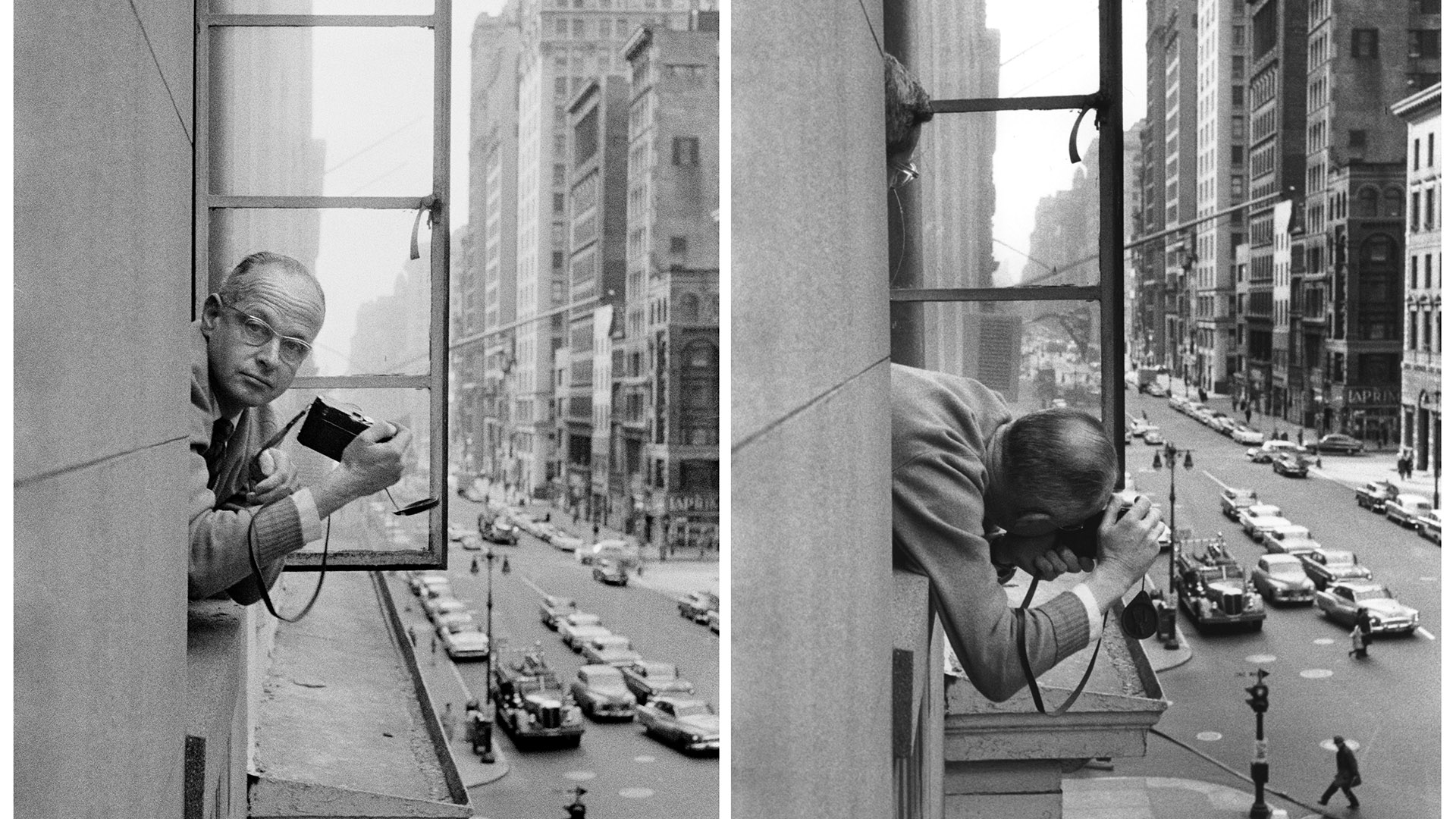
Best Regards, Henri CartierBresson — Blind Magazine
Henri Cartier-Bresson's first Leica (model Leica I); Les Hotels Paris Rive Gauche - AlainB, CC BY-SA 2.0, via Wikimedia Commons Transitioning: Moving from Painting to Photography. Cartier-Bresson studied English, literature, and art at the University of Cambridge between 1928 and 1929.

Henri CartierBresson was responsible for the term "The Decisive Moment"
Cartier-Bresson started shooting in the 1930s. In the 1930s, Contax was the good camera, and most serious impromptu photojournalists (all three of them back then) had to settle for Leica instead. Nikons and Canons hadn't been invented yet. When Cartier-Bresson walked into that camera store in the 1930s, a Leica was all what most people who had.